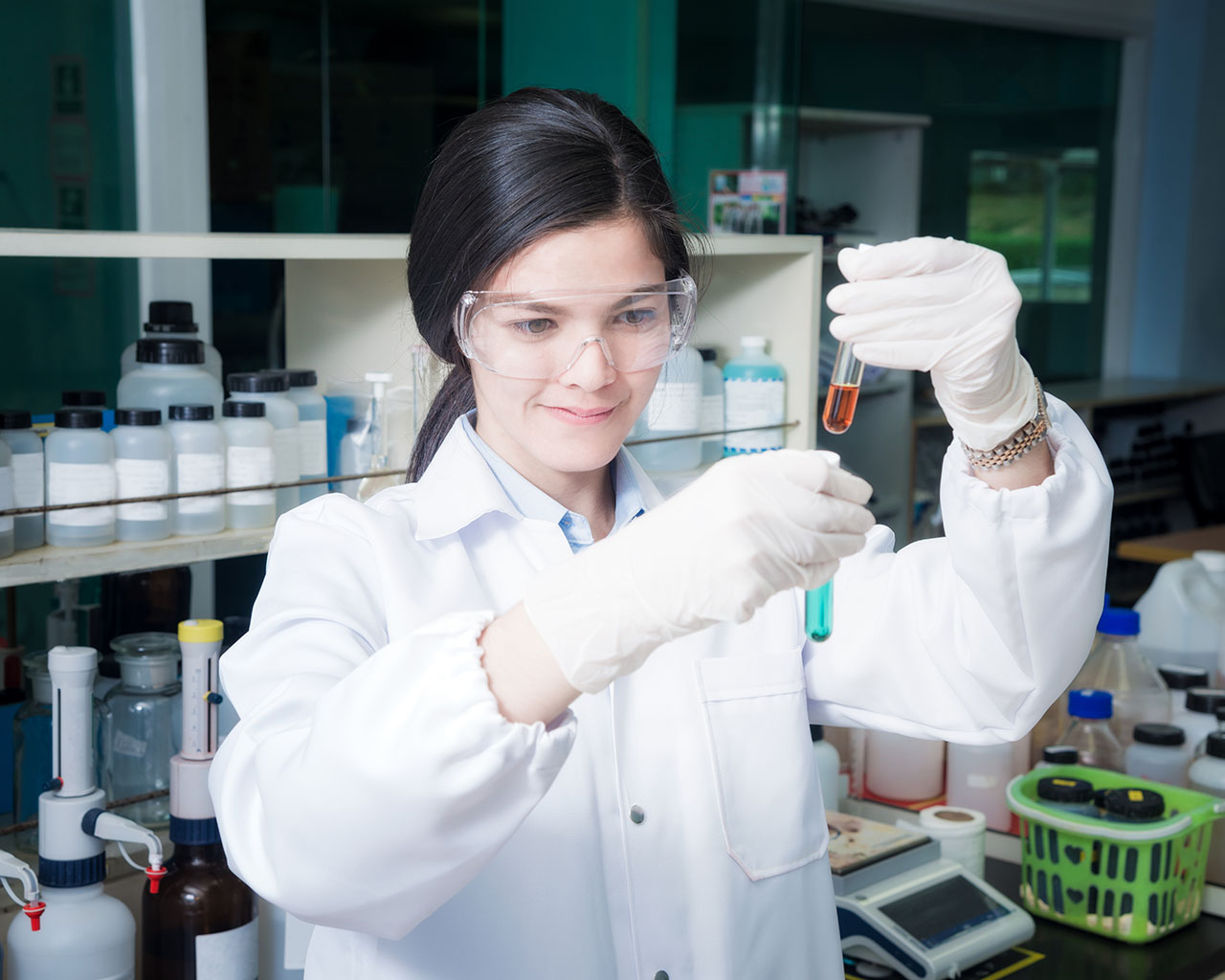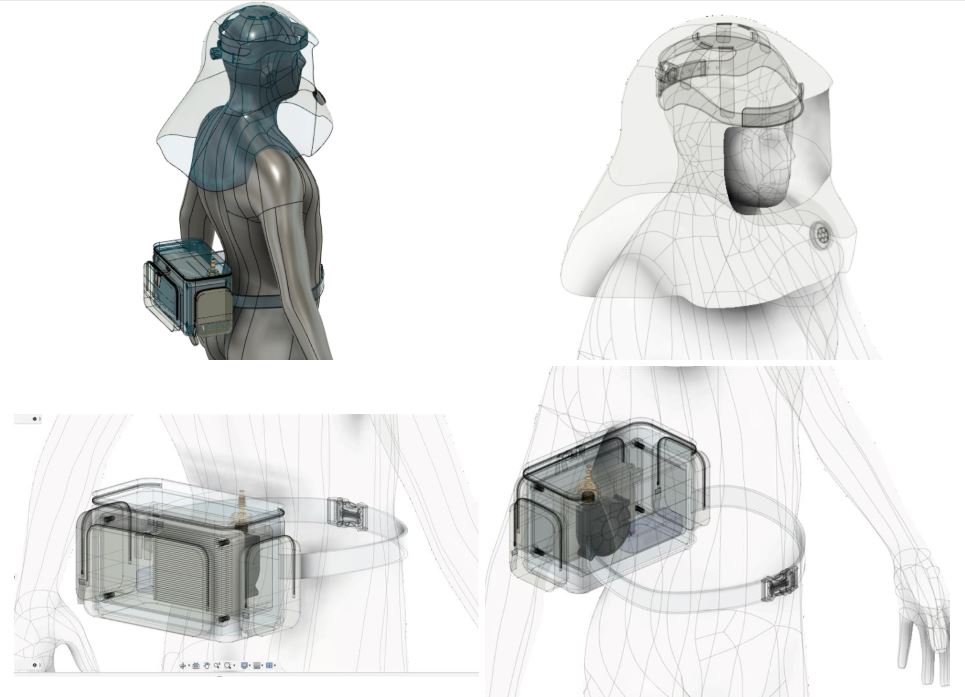This is a day in the life of a chemical engineer working on a product quality related problem. What follows probably represents the tip of the iceberg when considering everything that contributed to this day’s work.
As a plant based Chemical Engineer I have a varied job. A few weeks ago, I was called to the plant to investigate a quality problem with a batch of coated tablets. Something was causing some imperfections in the tablets – a serious manufacturing issue because the tablets were not suitable for sale.
A detailed investigation followed with colleagues from manufacturing, engineering and quality departments looking for a cause and a robust solution to the problem.
Subsequently it was decided that a software modification would solve the problem. Changes in software code and parameters would prevent coating solution dripping from spray nozzles onto tablets at inappropriate times and causing imperfections on the tablet surfaces. The process was a validated pharmaceutical process and its validated state had to be maintained with the changes thoroughly documented, tested and verified. This all takes time and the plant cannot run whilst the changes are being made and tested and the results have been approved. In order to minimise disruption a very detailed plan is required and all documents, such as change controls and commissioning protocols have to be written and pre-approved before work can start.
So, to the day of the software change…
I arrive at work at the start of the early morning shift, it is 5:30. The first thing I do is gather my plan and my paperwork. Where possible this paperwork will only be touched by me during the day because of COVID-19 precautions. With all the paperwork checked and all approvers reminded, by email, that I will be asking them to post-approve the documentation later in the day, I set off to the plant wearing my face mask and taking with me my air flow hood. Once at the plant I go into the changing area and put on my disposable overalls. Due to Covid restrictions only disposable overalls are allowed as this limits the amount of laundry that is generated.
I walk to the supervisor’s office to let them know I am on the plant, they are expecting me. I meet my operator for the day. For this exercise I am limited to one operator. We normally take the opportunity to include more operators for training purposes but again due to Covid we need to limit personal interactions and only one operator was allocated.
The operator and I put on our air hoods. This is not normally necessary as no product is present but as extra Covid protection for staff and other products, additional protective equipment is being worn in all manufacturing areas. I check the plant to make sure everything looks normal and log in to the control system. I copy the existing recipe make the agreed changes and save it and print everything for evidence in the paperwork which I will prepare later. The operator runs a test batch, which takes some time to complete so I have some lunch.
Next I check that we are on schedule to hand the plant back later that day. The batch report is printed for the records. With the work on the plant complete I return to the changing area put my disposable overalls into the rubbish, sanitise my air hood and proceed back to my desk wearing my face mask. The paperwork is then compiled and when complete I proceed, with mask on, to a meeting room from where I contact the document approvers once again – people from manufacturing, engineering, quality and safety. Each separately come to the meeting room and I talk them through the documents taking notes of any points of clarification. I finalise and sign the change control form and the completed test protocol and leave them in the room where one by one each of the approvers sign their post-approval. Now the change is fully approved I inform the plant that they may restart production. Returning to my desk I make arrangements to file the paperwork in the archives.
It is nearing 17:00 in the afternoon and it’s been a long and intense day. I’ve kept to a tight schedule, making the changes, completing all of the tests and completing the paperwork accurately. It is very satisfying when plans come to fruition and the plant can restart safely and with solutions in place that maintain the quality of the product. Tomorrow I must check that the first batches made with the modification processed normally and to the right quality.
For more information
To find out more about our courses or accessing our talent, email edgehub@canterbury.ac.uk.
 Engineering, Technology and Design
Engineering, Technology and Design Maxine Owen
Maxine Owen 1903
1903




